Interview with Jens Rydström, Professor of Gender Studies
Marta: You are currently working on a research project about the AIDS pandemic in Sweden. I wanted to begin by asking what it is like to research on AIDS-pandemic in times when another pandemic is unfolding? Does it have any impact on you? Does it make your research different in any way?
Jens: That was a good question… maybe… but not consciously, let’s say. But it does influence how I have read and understood the pandemic we are now in. I obviously see the parallels to what happened in the 1980s, when the AIDS pandemic came. But – especially in the beginning, when there were many discussions about the Danish and the Swedish example – I thought it was interesting because it was a little bit the other way around compared to the government politics surrounding the AIDS pandemic. Back then, Sweden became known for the harshest, the most coercive methods. They introduced forced isolation without trial. They banned and closed down the sauna clubs. They had possibilities to isolate people, and the medical officers (smittsskyddsläkarna) made a raid to a venereological health clinic. It was a clinic run by gay doctors who received gay men who were worried or who suffered or were HIV-positive. They had anonymous testing because otherwise, they argued, people would not dare to go there, but this was against the National Board of Health and Welfare policy. So, the medical officers made a raid there and took the journals and checked them. But, of course, they were anonymous, so they did not find much. But these were ruthless methods in Sweden. And it was highly politicised. Very soon after the first cases occurred in Sweden, the government set up the so-called AIDS Delegation directly under the Ministry of Health. Whereas in the neighbouring Norway and Denmark, especially in Denmark, they cooperated with gay and lesbian organisations, kept the sauna clubs open and used them to distribute condoms and information about HIV and AIDS. So, it was ultimately the other way around. And now, during the pandemic, it is Sweden that has become known for trusting the Board of Health. Fighting the Covid pandemic is highly politicised in Denmark but not so politicised in Sweden. It is a mystery to me why it has been like that.
Marta: So, when you notice this kind of a reverse reaction to the pandemics in Sweden and Denmark comparing to how it was during the AIDS pandemic, how do you explain it? Do you have any hypotheses?
Jens: No, not really… There are structural things, such as traditional ways of regulating pleasure. Some historian would say that Sweden and Denmark have very different traditions here. And that’s true. This is something that I tried to discuss when Don Kulick and I wrote our book about disability and sexuality politics, which is also very different in Sweden and Denmark. Let’s say that it boils down to the regulation of pleasure – drug use, sexuality and alcohol – these things are dealt with in very different ways in Sweden and Denmark. I have tried to explain that earlier by pointing out that the liberal traditions are much stronger in Denmark actually. There was never a very strong liberal tradition in Sweden, but Social Democracy inherited a somewhat hierarchical conservative state and could begin to implement a very radical reform politics. I’m not saying that the Social Democrats have been conservative, on the contrary, but that the loyalty with the state is very strong in Sweden and also that people are used to that the government decides somehow.
In our project, we studied men who have sex with men and the regulation of sexuality and the organisations for other so-called risk groups: drug users, haemophiliacs, sex workers, etc. And for all of them, the AIDS pandemic meant massive changes. Swedish drug policies were very strict and based on zero tolerance, whereas, in Denmark, they had harm-reduction ideal, free syringes etc. So, when discussion emerged in Sweden in the mid to late 1980s about free syringes and methadone, the official attitude was that it was entirely against the Swedish way of dealing with this stuff and that it would send the wrong signals. So, Swedish authorities would not allow for changing syringes for drug users, and they were very restrictive with methadone. Except for Skåne, in Malmö, maybe because it is so close to Denmark. Doctors here in the south started to distribute free syringes without the consent of the National Board of Health and Welfare.
Marta: I started kind of in the middle of everything – with the comparison between the two pandemics – but before we continue on this track, maybe you could say something more general about your research project that focuses more specifically on civil society and the AIDS pandemic in Sweden, right?
Jens: The reason for this specific focus is that when I was beginning to plan my research about the AIDS pandemic, a very impressive PhD thesis had just been published by David Thorsén, Den Svenska aidsepidemin Ankomst, bemötande, innebörd (The Swedish AIDS epidemic. Arrival, Response and Meaning). Thorsén had turned every stone in studying government politics and AIDS, so that was already done. I and my colleague Lena Lennerhed became more interested in civil society, especially since we had both been active in some of the organisations – Lena had been chair of RFSU, and I had been involved in RFSL’s international solidarity work in the 1980s. So we ‘switched’ organisations, so that I studied RFSU and Lena RFSL, just to avoid any possible bias. The focus on civil society has become much more interesting than I had thought from the beginning since the AIDS pandemic coincided with the start of what you could call the neoliberal era, or the hybridisation of the welfare state when the state begins to practice outsourcing of publicly funded services. Not as yet to private profit-driven actors, but rather that they needed the competence and outreach that the NGOs had gathered over the years. We could see it very clearly, when we looked at the way that different NGOs acted, how they were given more responsibility and more funding, lots of money which sparked a process of professionalisation and sometimes led to bitter conflicts between volunteers and paid staff. Some of them already had a lot of experience running large economies, like the drug-users association RFHL (National Association for Help of Drug Addicts), which is a mixed organisation with ex-drug users and social workers. From the 1970s onwards, they established treatment homes, collectives, etc., where drug-users could come to get the motivation to stop using and not to relapse. The whole idea was that you needed support for this, and they already had a large economy. When the AIDS pandemic came, they got even more. In one of their publications, they wrote that “This HIV-initiative was funded by the large wallet of the state that has now been open to us”. So the government pumped up money in the civil society to help out with the AIDS crisis.
I said that the Danish government cooperated much better. It was true in some sense. In Sweden, the RFSL (Swedish Federation for Lesbian, Gay, Bisexual, Transgender, Queer and Intersex Rights) has been in constant conflict with the AIDS Delegation; it had to do partly with personalities, but also very much with the fact that it was a sexually transmitted disease and the gay and lesbian movement was all about allowing gays and lesbians to have sex, to fall in love and to exist. It hit them so hard. It was, in a sense, easier to tell a drug user to stop using drugs or at least use clean syringes. But to tell a young person to stop having sex was almost impossible. So, the conflict was very much about what it meant to practice safer sex. RFSL insisted that there was such a low risk of infection with oral sex, so they regarded it as safer sex, which resulted in very harsh criticism from the medical doctors in Noaks Ark. First. However, the RFSL were considered to be very responsible when they recommended their members to stop donating blood. But then they advised their members not to take the test. Since there was no cure and since you never can be sure that your partner is not infected, everybody should practice safer sex all the time, they argued. To test positive would only create trauma for you without helping you to get better care. Everybody should be responsible, but the test was contra-productive at that stage since there was a test, but not the cure, so it was a death sentence. And, of course, telling the members not to take the test did not fall very well for the authorities. There was this constant conflict between the RFSL and the government, and some other organisations like Noaks Ark.
Marta: Interestingly, you say that there was a lot of financial support from the state. I guess a lot of the knowledge about the mobilisation around AIDS comes from the United States. And there, it seems like it was a huge thing that there was no response and no support or funds, so you had ACT UP mobilisation that was aimed at drawing attention to the problem.
Jens: In a sense, it is a historiographical problem. We are so influenced by American historiography. It goes for many other things. It’s the same for the gay movement, with the idea that the Stonewall rebellion was the beginning of the gay movement. Of course, the Stonewall was important. But it is yet another example of how American historiography becomes hegemonic. When it comes to the AIDS epidemic, there is a lot of history and very wonderful histories from the United States about the mobilisation of volunteers and lesbian solidarity, etc. But you cannot apply this to Scandinavia or Europe as a whole, where there is a well-functioning hospital system, where nobody dies in the streets if they did not have money. In the United States, there was a very conservative government, with Ronald Reagan who would not pronounce the words ‘condom’ or ‘AIDS’ until several years into the pandemic. So, there they depended on volunteers who had to find their own funds. In Sweden or Scandinavia, activists were expecting the government to fund their activities. I mean, it was a completely different picture there. When it comes to the AIDS epidemic, I would say that yes, we did have very well-functioning hospitals or the health sector. Still, there was a lot of knowledge that was lacking in that sector about how drug-users use their syringes or about how gay men have sex – it was not so obvious that the people in epidemiological boards knew anything about these things. It was also a question of trust. Especially regarding gay men, I think. Being gay was so stigmatised, or being bisexual or having sex with other men, because many men who had sex with men were married and very much in the closet, and they were really afraid to become exposed. There was also extra stigmatisation of bisexual men, who sometimes were described as the people who brought the disease into the heterosexual family. So that’s why you had these clinics run by gay doctors and with anonymous testing.
When I look at this epidemic that we are living in now, I hear echoes from that period. Of course, the pandemics are very different. AIDS was not very contagious, it was mainly spread via sexual contacts when exchanging bodily fluids, but it was deadly. And COVID is very contagious and not so deadly. Many people die, of course, but it is much less deadly. So, the two pandemics are impossible to compare in a sense. Still, I can hear some echoes. I mean the stigmatisation. Stigma was a recurrent theme in the AIDS pandemics, and it worked differently for different groups. The risk groups at that time were much more defined and very stigmatised because men who had sex with men were stigmatised, and drug users were stigmatised.
Haemophiliacs had their stigma based on vulnerability, and it was a different kind of stigma, of course. Their situation was really very different. It was around 120 people who got the HIV infection via blood products, via transfusion or medicaments. They demanded reparation and were the only ones who had a legal process running. On the other hand, many of them didn’t want to be connected to gay men or drug users. Their stigma was heavy enough as it was, they claimed. Women selling sex was another risk group. They had a small, very weak organisation in Sweden, which was older but restarted in the 1990s. They were allowed to use the meeting rooms of Noaks Ark, but it was very hard for them to get support, and people were very suspicious of sex workers on the whole. So that organisation collapsed. A new organisation started up in 1992, called Kvinnocirkeln, Women with HIV, that consisted of drug-user women, women who got contaminated by their partners and women who sold sex, and the latter were the ones who were targeted in a way.
The very tough AIDS policies in Sweden, with forced isolation, the ban on sauna clubs, etcetera, were widely criticised. In reality, not many people were forced to be isolated, but those forced to be isolated were drug users, women selling sex, and immigrants from Africa. So, in practice, it was a very racist and classist implementation of the law. An individual doctor could decide to forcibly isolate a person if the doctor thought he or she would not follow his orders.
Marta: How did the isolation work?
Jens: They were locked up in a closed ward in the so-called Yellow Villa near Danderyd Hospital in Stockholm. There weren’t many of them, but some people sat there for years. Of course, some people were a bit crazy and irresponsible, but the problem was that there was no way to have the doctor’s decision legally tested in the court of law. As far as I know, this possibility still exists, according to the Communicable Diseases Act (Smittskyslagen), but now it has to be tested, and it can be appealed to in the court of law.
Marta: Going back to stigma. You said that you could see some parallel?
Jens: As I say, it is not the same, but you have a stigma connected to the Covid 19 pandemic. All discussions about testing and coercive measures, like compulsory testing for school kids. The discussions about the Covid-passport… All these discussions were there back then, even more vulgar. There were discussions about sending all HIV-positive people to an island and even suggestions of tattooing the HIV-positives to safeguard their partners. And all the blame was on the disease carriers. That I can see is a little bit a parallel – whose fault it is if I get infected. It is about this concept of “irresponsibility”. The gay men were considered to be irresponsible because they did not want to stop fucking. Drug users, of course, were seen as ontologically irresponsible. They could not manage their own lives, and they would do everything to get drugs. They already had the strongest stigma – the drug users stigma. But, in reality, within the group of drug-users, they were completely open with who had HIV, and they wouldn’t share a needle with this person. The spread of AIDS never, sort of, exploded among the group of drug users. They prepared a large facility outside Stockholm with many beds for HIV positive drug users, but they never managed to fill them. After a couple of years, they dismantled it because of the catastrophe that they were waiting for never happened. The same thing goes for sex sellers. Most sex-sellers are very well-informed about STD and have a high awareness of safer sex. The problem was assumed to be bigger than it was. And I see it now in letters to the editors in Sydsvenskan [a daily in Southern Sweden], now and then, there are very angry letters about young people and how young people are irresponsible. So young people are seen as the irresponsible ones: “Why do they have to party?” And this is the age when you are supposed to go out, dance and meet other people. Young people suffer from isolation much more. They suffer from isolation much more than at least us sitting in front of the computers working and getting bored. Maybe older people who cannot meet their children and grandchildren suffer as much. But it is interesting how young people are described as irresponsible.

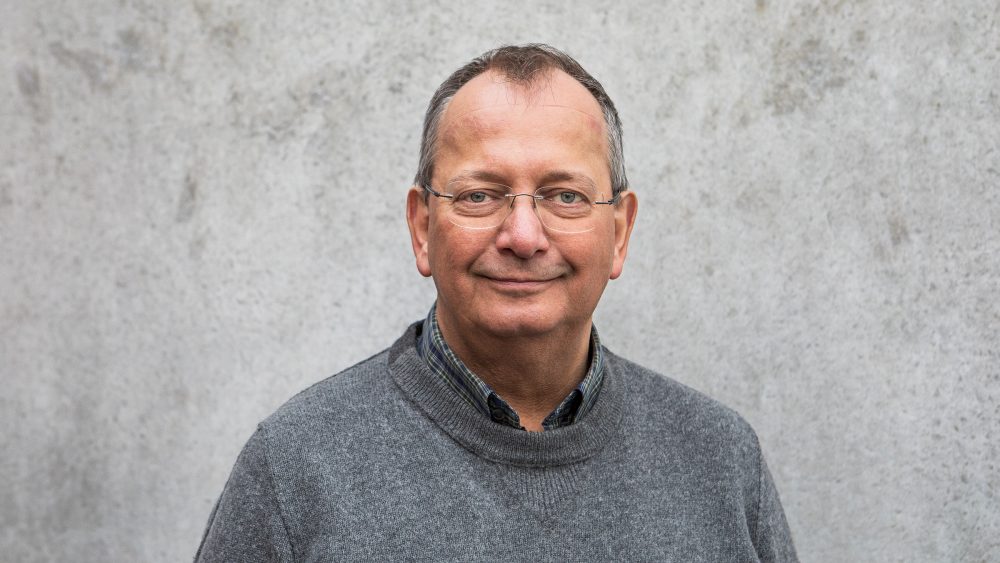


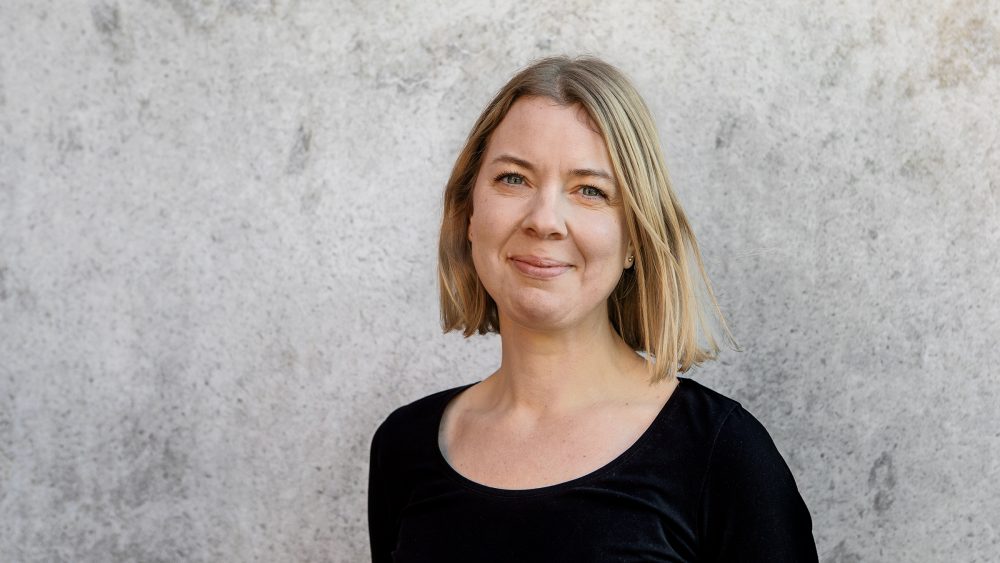
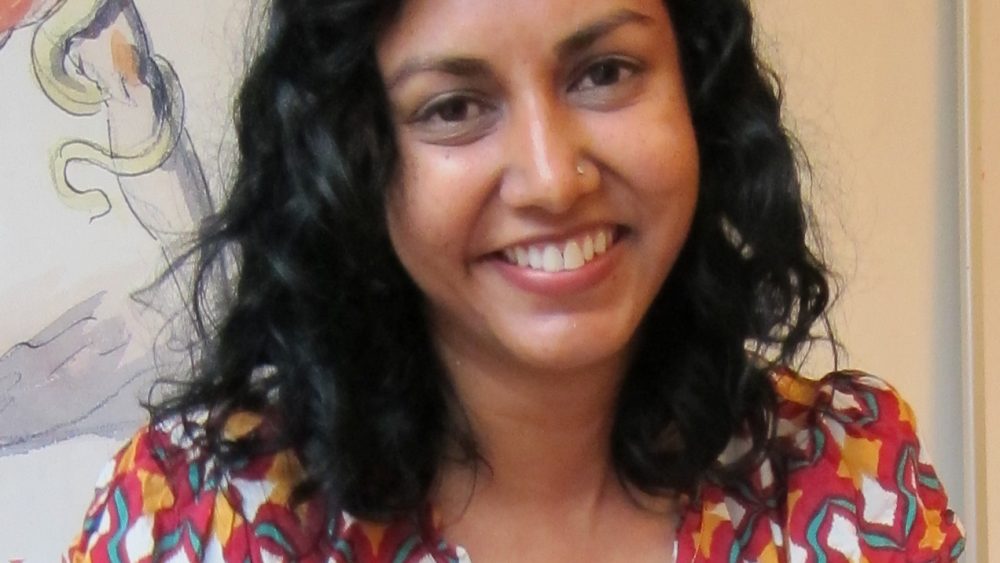

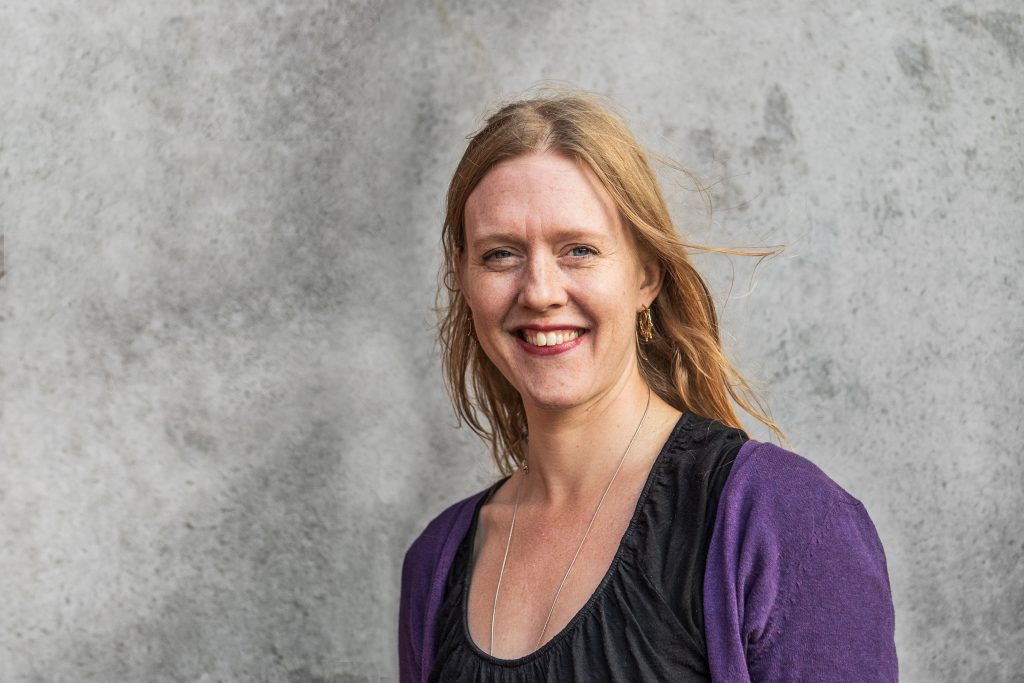
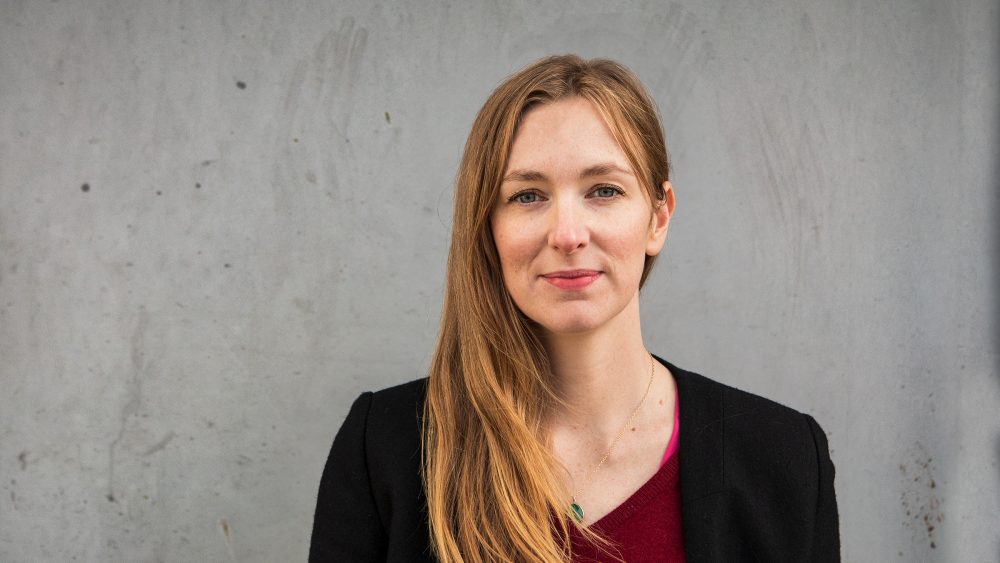
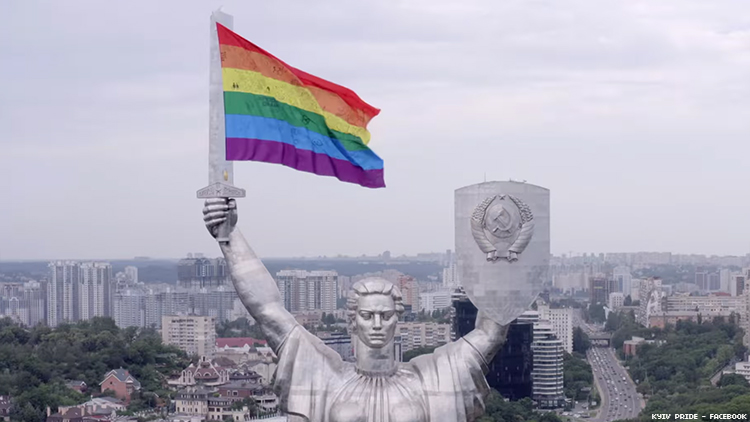

Comments